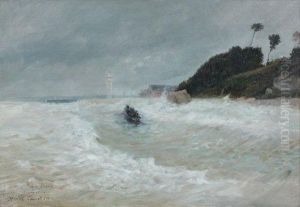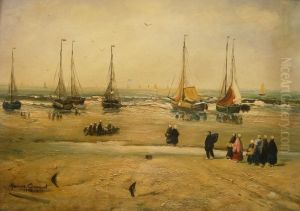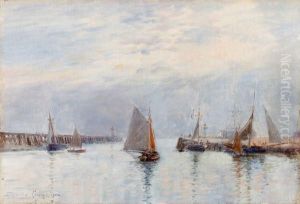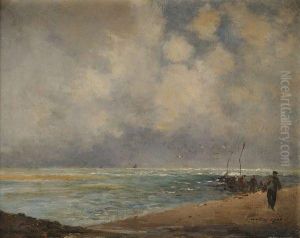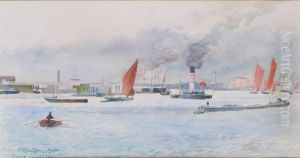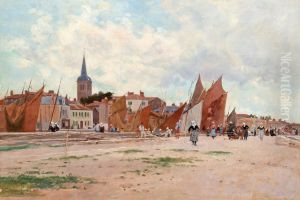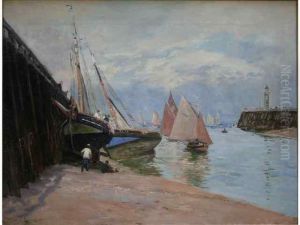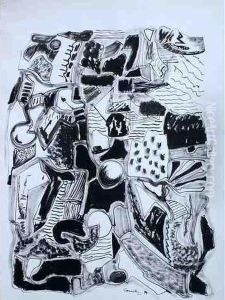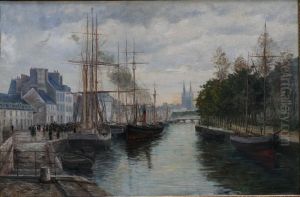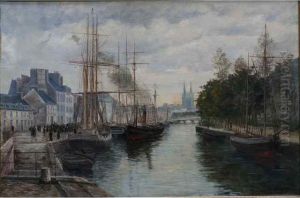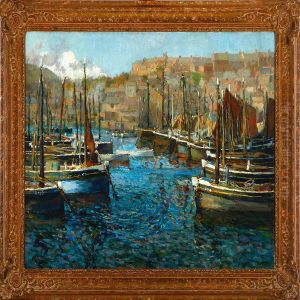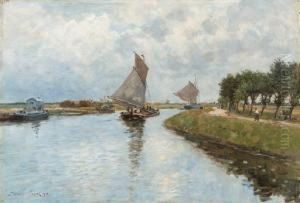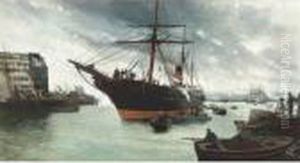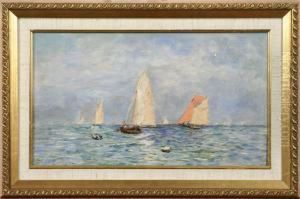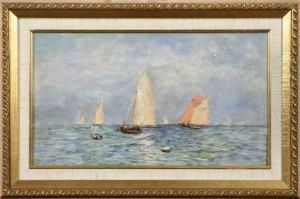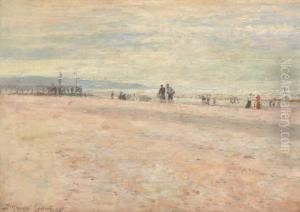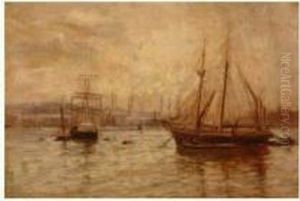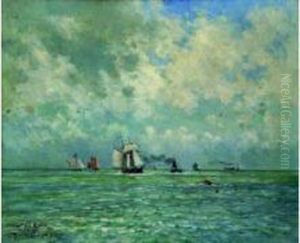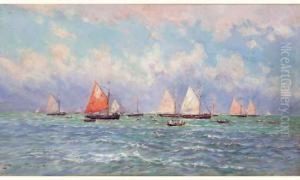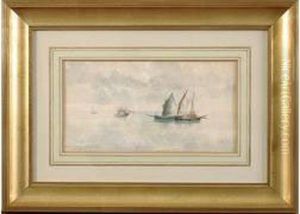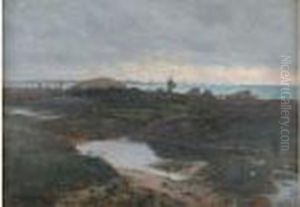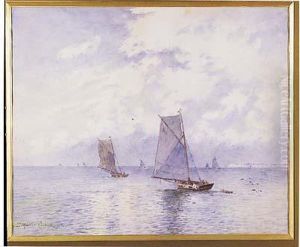Maurice Francois A. Courant Paintings
Maurice François Alfred Martin van Miële, better known by his pseudonym Maurice François A. Courant, was a French scholar, librarian, and historian, primarily known for his work on Korean studies. Although not a traditional artist, Courant made significant contributions to the understanding and appreciation of Korean culture, history, and art during his lifetime.
Born on August 13, 1865, in Paris, France, Courant initially pursued a career in law but was drawn to the field of Asian studies, particularly Korean studies, which was quite rare at the time. He studied at the École des Langues Orientales, now known as the Institut National des Langues et Civilisations Orientales (INALCO), where he developed a passion for the Korean language and culture.
During his career, Courant amassed a remarkable collection of Korean books and documents, which later became an essential resource for scholars. He is perhaps best known for his 'Bibliographie coréenne,' a three-volume catalog of Korean printed books, which remains an invaluable reference for researchers in Korean studies. This work was the first comprehensive bibliography of Korean literature in a Western language and laid the foundation for future scholarship in the field.
Courant's dedication to Korean studies extended beyond his bibliographic endeavors. He served as a librarian at the National Library of France, where he was instrumental in expanding the collection of Korean texts and materials. His efforts significantly enhanced the visibility and accessibility of Korean cultural heritage in Europe.
Throughout his life, Courant was highly respected for his expertise in Korean history and culture. He also contributed to the broader field of Asian studies, engaging with scholars and participating in academic societies. His work has had a lasting impact on the way Korean art and culture are studied and understood in the Western world.
Maurice François A. Courant passed away on June 30, 1935. While he may not be remembered as a traditional artist, his scholarly work has been instrumental in bridging the cultural gap between Korea and the West, and his contributions to the field of Korean studies continue to be celebrated by scholars and enthusiasts of Korean culture.
